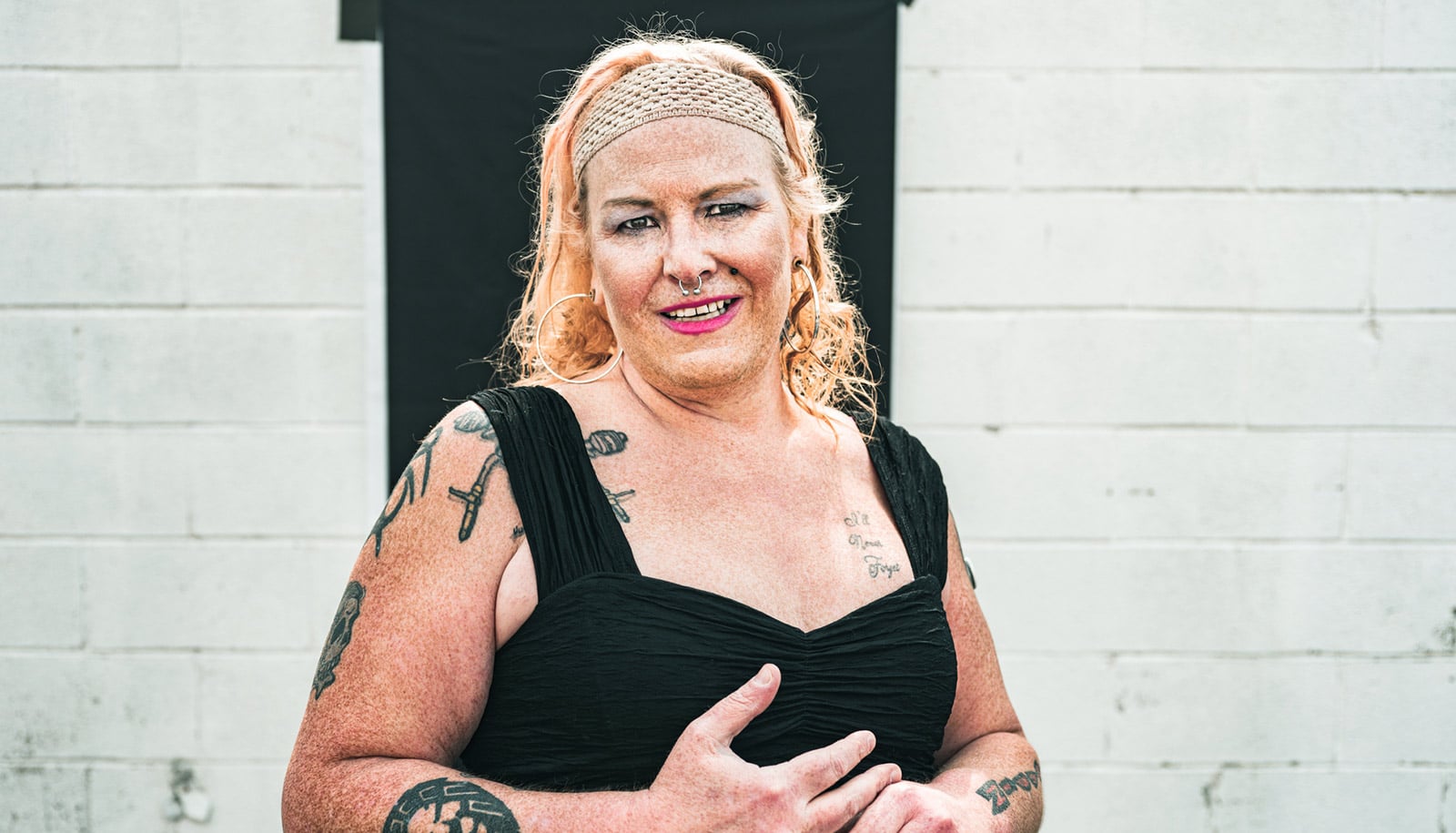Some transgender and gender-diverse college students are at a heightened risk of developing an eating disorder, research shows.
Just before swimmer Schuyler Bailar made history as the first openly transgender athlete to compete in an NCAA Division I men’s team, he took a year out to deal with an eating disorder. After five months in treatment, Bailar returned ready to swim—and share publicly that he was trans. It was through the treatment program that he “realized I am transgender, and was finally able to speak that truth aloud,” he told Authority Magazine. “Discovering that I was transgender was imperative to my healing.”
Bailar is not alone in both confronting an eating disorder and in discovering it is deeply tied to their gender identity. The new study finds that certain transgender and gender-diverse (TGD) college students—including genderqueer or gender-nonconforming (GQ/NC) individuals, and transgender men—are at a heightened risk of developing an eating disorder (ED). The findings appear in the journal Annals of Epidemiology.
“Disordered eating—whether restricting, binging, purging—is often about control,” says study coauthor Sarah K. Lipson, an assistant professor of health law, policy, and management in the Boston University School of Public Health. She’s the principal investigator of the Healthy Minds Network, a research initiative that studies adolescent and young adult mental health.
“Eating disorder risk can be exacerbated by situations that take the control and autonomy from individuals, as is the case with restrictive health care policies and practices that prioritize binary sex assigned at birth, rejecting gender identity and expression,” she says.
College years are an important developmental period, and a time during which many students have the autonomy to explore gender identity, some for the first time. For TGD students—defined as people whose gender identity and/or expression exists outside of the cisnormative gender binary—this exploration may lead to an increased focus on body shape and distress from potential gender dysphoria.
The study also found that TGD students with minoritized sexual orientations (such as bisexual) or racial/ethnic identities were more vulnerable to ED compared to heterosexual and white TGD students. Lipson says the findings underscore the unique and important role that colleges can play in recognizing and addressing ED risk among students with intersecting and historically excluded identities, and in creating inclusive spaces and support for queer and trans students.
“Higher education has the potential to protect and empower students or to perpetuate this discrimination,” she says.
Eating disorder risk by group
The first-of-its-kind study fills a gap in research on how much intersecting gender identity and sexual orientation are associated with ED among transgender and gender-diverse people. It also emphasizes the importance of recognizing TGD people as a heterogeneous group with varying social experiences and health challenges.
“When we ignore these nuances and instead examine trans young people as a single, homogeneous group, we may perpetuate harm by erasing the distinct experiences and barriers experienced by trans college students with intersecting, minoritized identities,” says lead author of the study Melissa Simone, a researcher at the University of Minnesota’s School of Public Health.
The researchers analyzed data from the Healthy Minds Study, an annual, web-based survey about mental health in undergraduate and graduate students. They examined variability in the prevalence of ED risk and self-reported diagnoses of ED across subgroups of TGD college students at 199 US colleges from 2014 to 2019.
By gender, ED risk was highest among GQ/NC students (38.8%), followed by trans women (37.1%), gender-expansive students (34%), and trans men (34.1%). Among the 10% of participants who reported an ED diagnosis, gender-expansive students (12.3%), GQ/NC students (11.1%), and trans men (10.5%) reported higher rates relative to trans women (6.3%).
Trans men with minoritized sexual orientations had up to 123% higher odds of ED risk relative to heterosexual trans men. GQ/NC students with minoritized sexual orientations had up to 210% higher odds of ED risk relative to heterosexual GQ/NC college students.
But ED risk didn’t differ by sexual orientation among all TGD students. The researchers also found that BIPOC (Black, Indigenous, and people of color) gender-expansive students had 84% higher odds of ED risk relative to white gender-expansive students.
These findings may be explained in part by the minority stress theory, a framework coined by the late social epidemiologist Virginia Brooks, which argues that exposure to cultural, social, and economic stressors can worsen mental health among individuals with one or more minoritized social identities. More specifically, the researchers point to “intraminority stress,” which is associated with systems of power, privilege, and social status within LGBTQ+ spaces.
What colleges can do
Lipson says there are several courses of action that colleges can take to support and reduce ED risk among all TGD students.
“Colleges and universities need to recognize the system-level risk factors that shape the well-being of trans and nonbinary college students and seek to create campus environments that are protective and allow students to flourish,” she says.
“At the campus-level, prioritizing inclusive policies—like accessible name change policies [to prevent students from being deadnamed or misgendered] and gender-inclusive restrooms—is one essential step that allows students to live as their true selves. Protecting and empowering students—in combination with trauma-informed resources and trans-inclusive mental health support—can reduce enormous mental health inequalities that currently exist in trans and nonbinary populations.”
The researchers also point out that ED research and prevention programs have historically centered on a white, cisnormative, thin body image ideal that is not relevant for a majority of the population. Studies that seek to gain a deeper understanding of the body image ideals, body image pressures, and mechanisms contributing to ED onset among trans and gender-diverse young people are critically needed, Simone says.
“The historical emphasis on white, heterosexual, cisgender women has also shaped the perceptions of and assessments for eating disorder risk, which may be detrimental to trans and gender-diverse college students who struggle with eating and weight concerns during their time in higher education settings,” they say.
“Relatedly, we know that body image ideals widely vary by racial and ethnic identity and, thus, more nuanced, intersectional research is needed to describe the lived experiences of Black and Indigenous trans and gender-diverse young people and other trans people of color.”
Lipson’s work has support from the National Institute of Mental Health.
Source: Boston University



